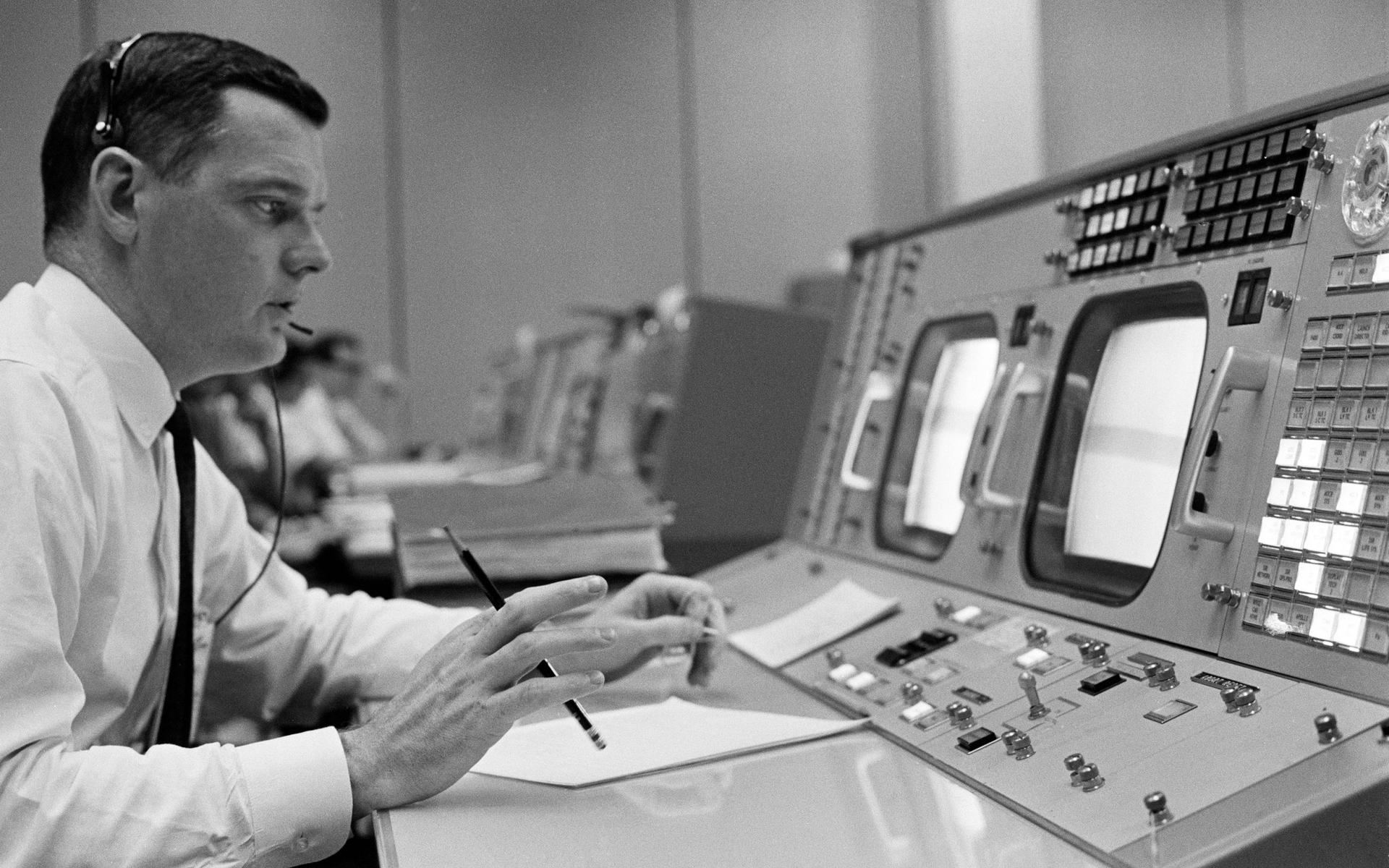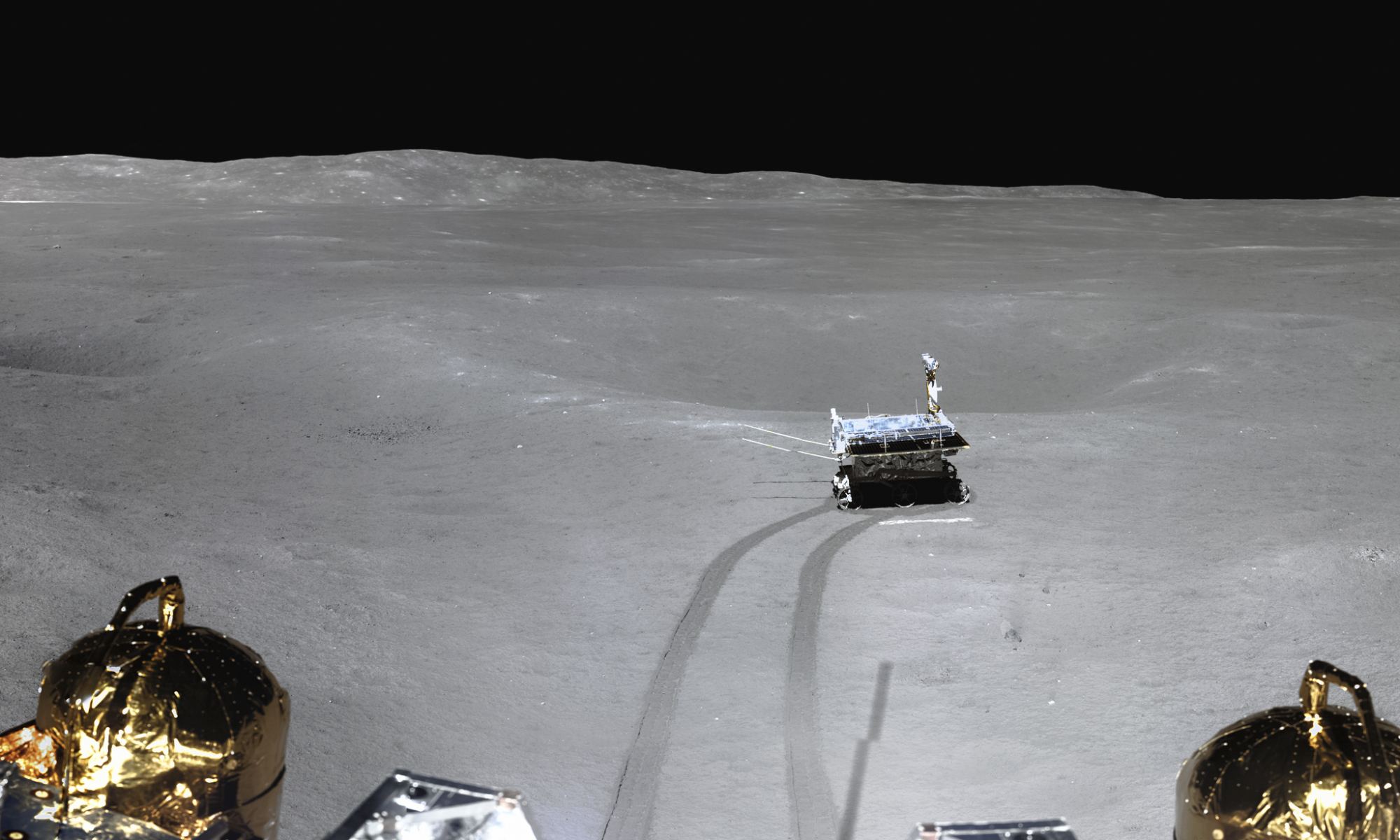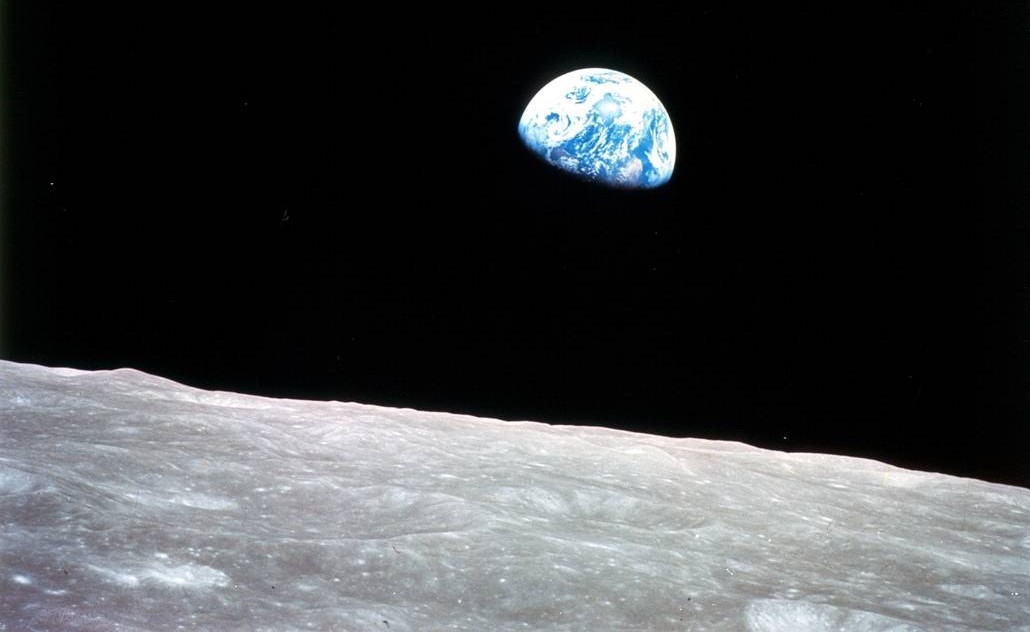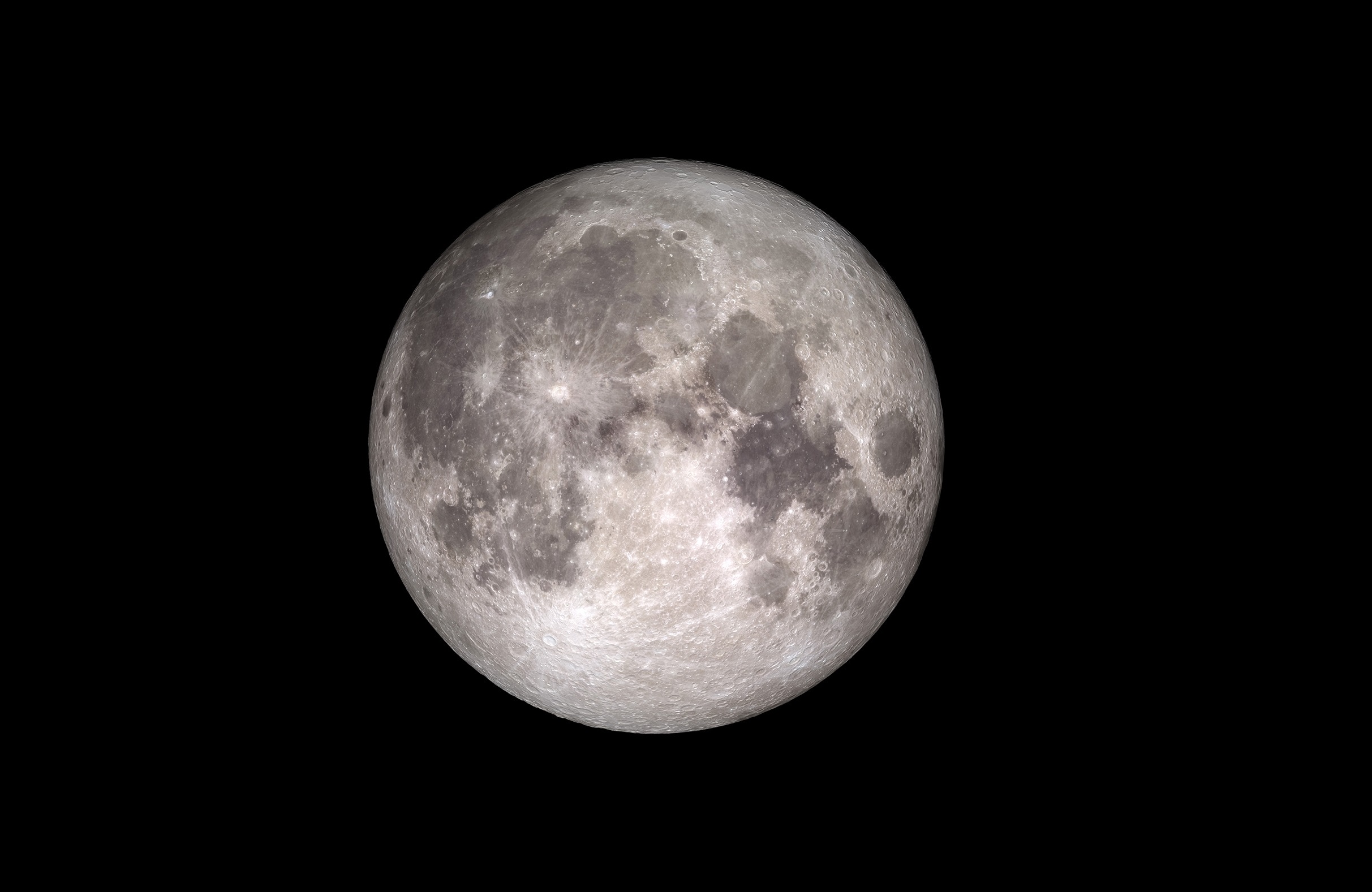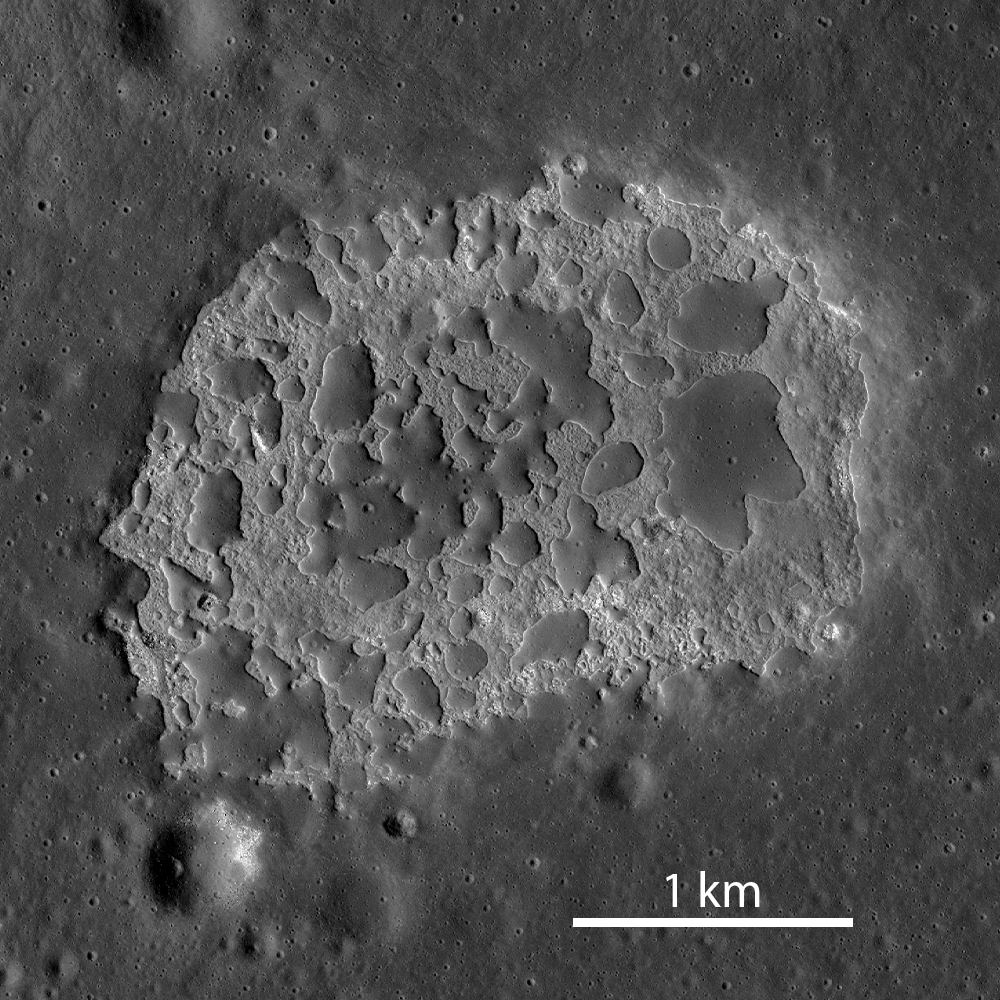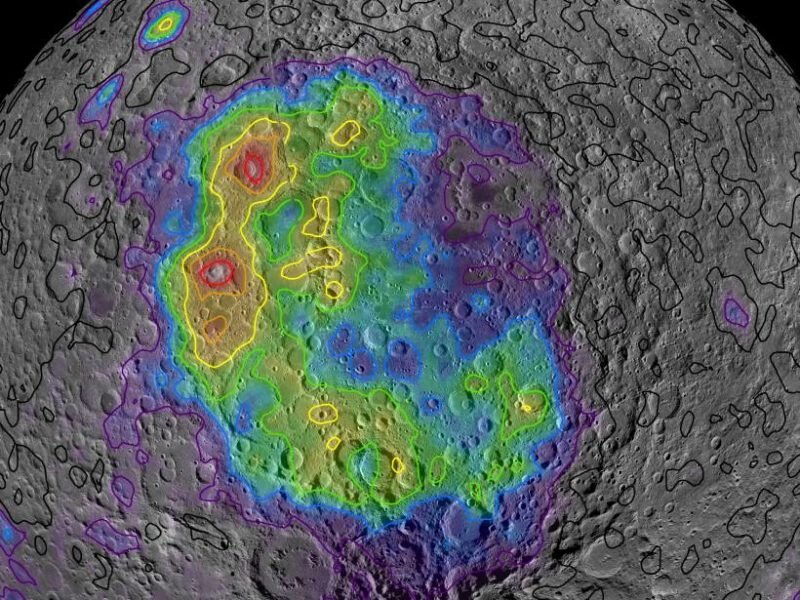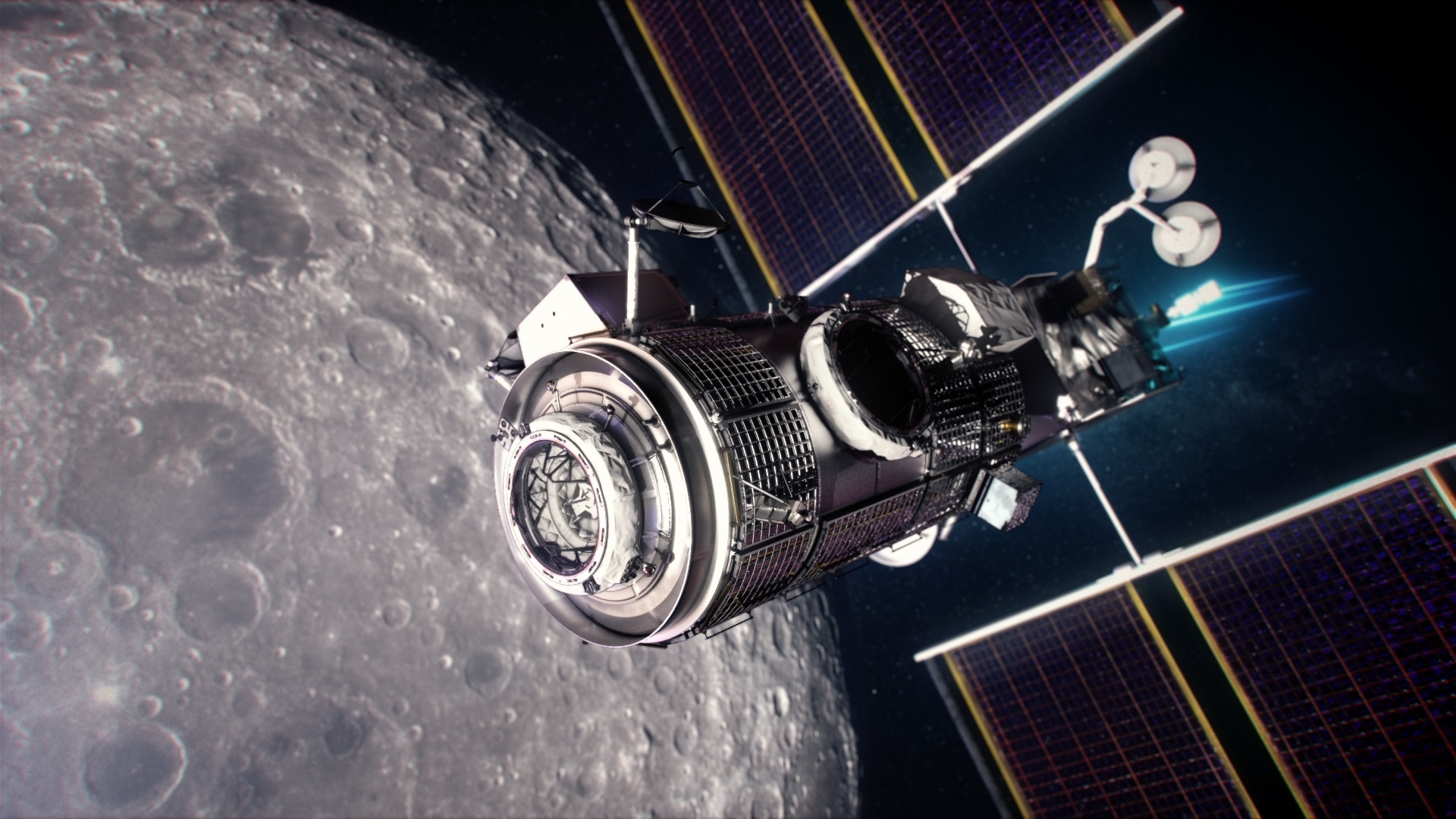Legendary NASA flight director Glynn Lunney has passed away at age 84. Lunney played a key role in the early days of NASA, helping to create the concept and operation of what we now reverently know as Mission Control. His calm decisiveness was lauded during the Gemini and Apollo missions he guided as flight director, and his leadership was especially pivotal in bringing the crew of Apollo 13 safely back to Earth.
Continue reading “Remembering NASA Flight Director Glynn Lunney, 1936-2021”Remembering NASA Flight Director Glynn Lunney, 1936-2021
